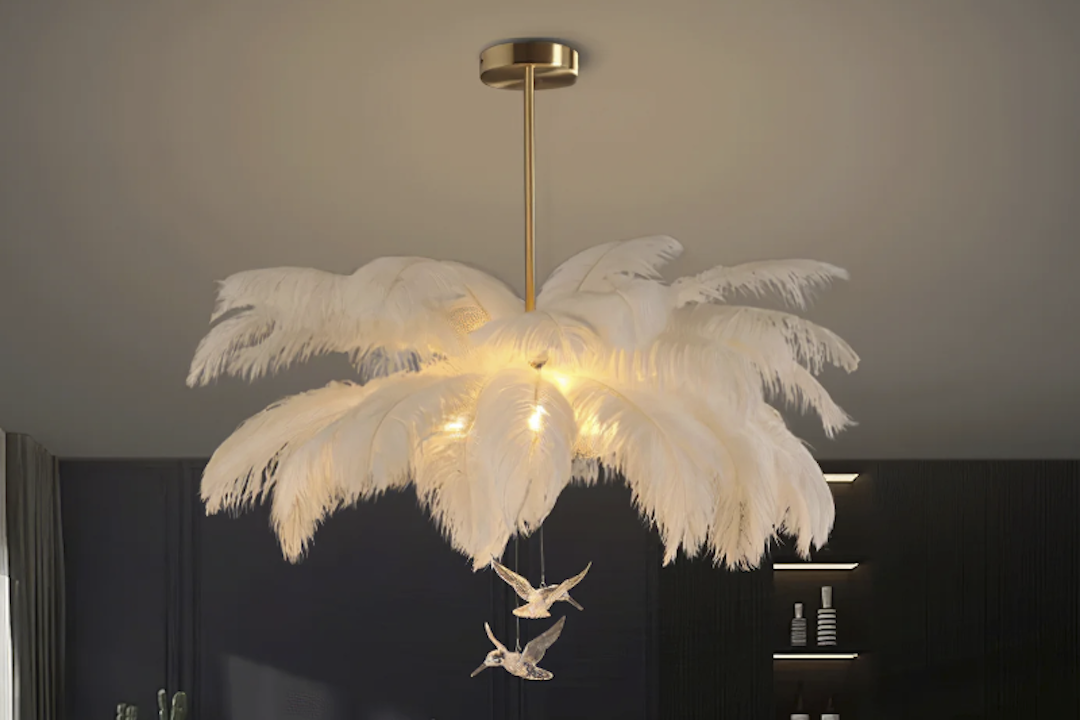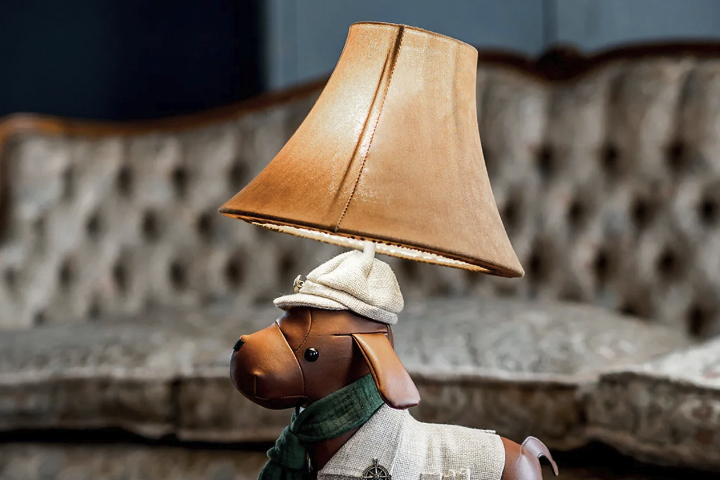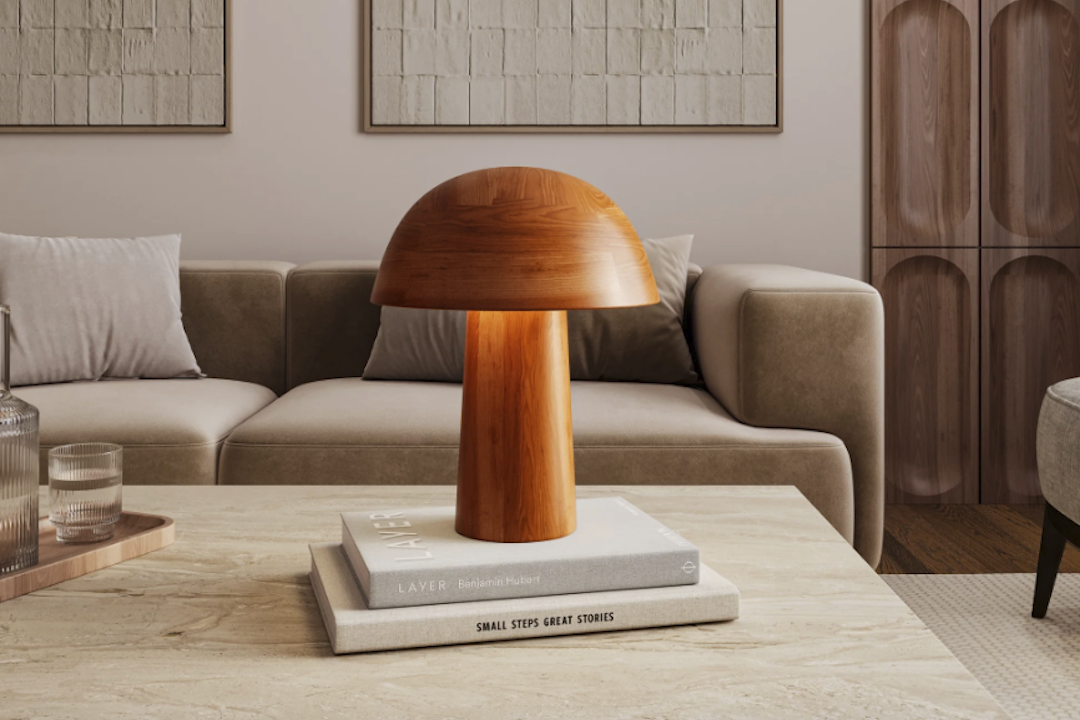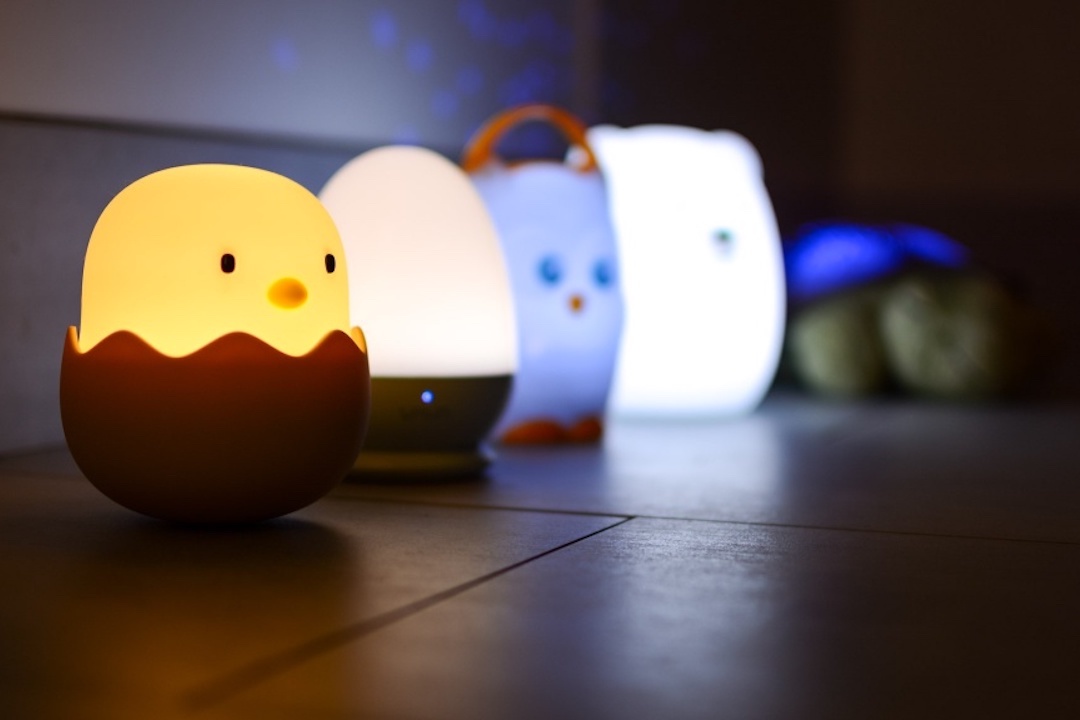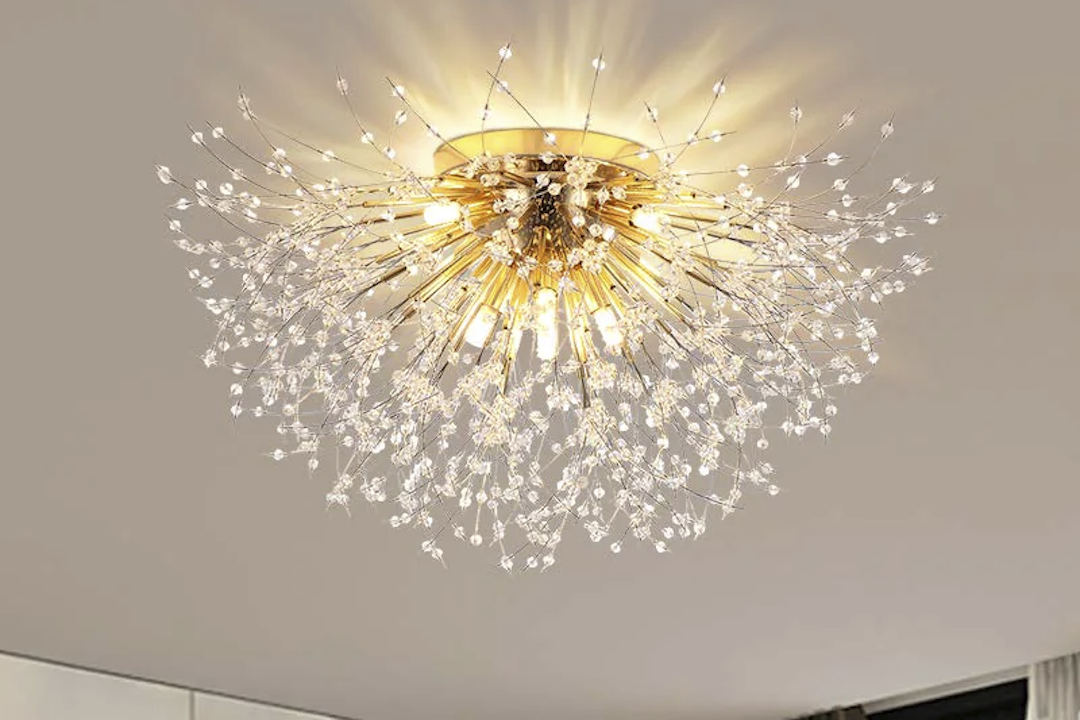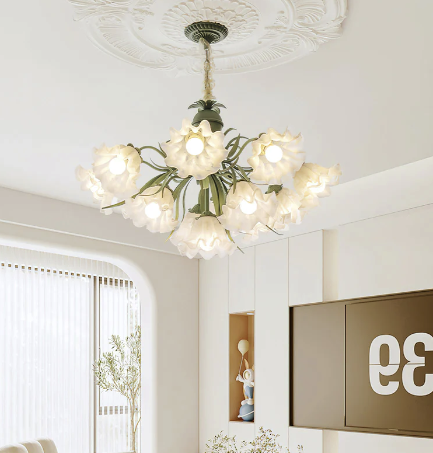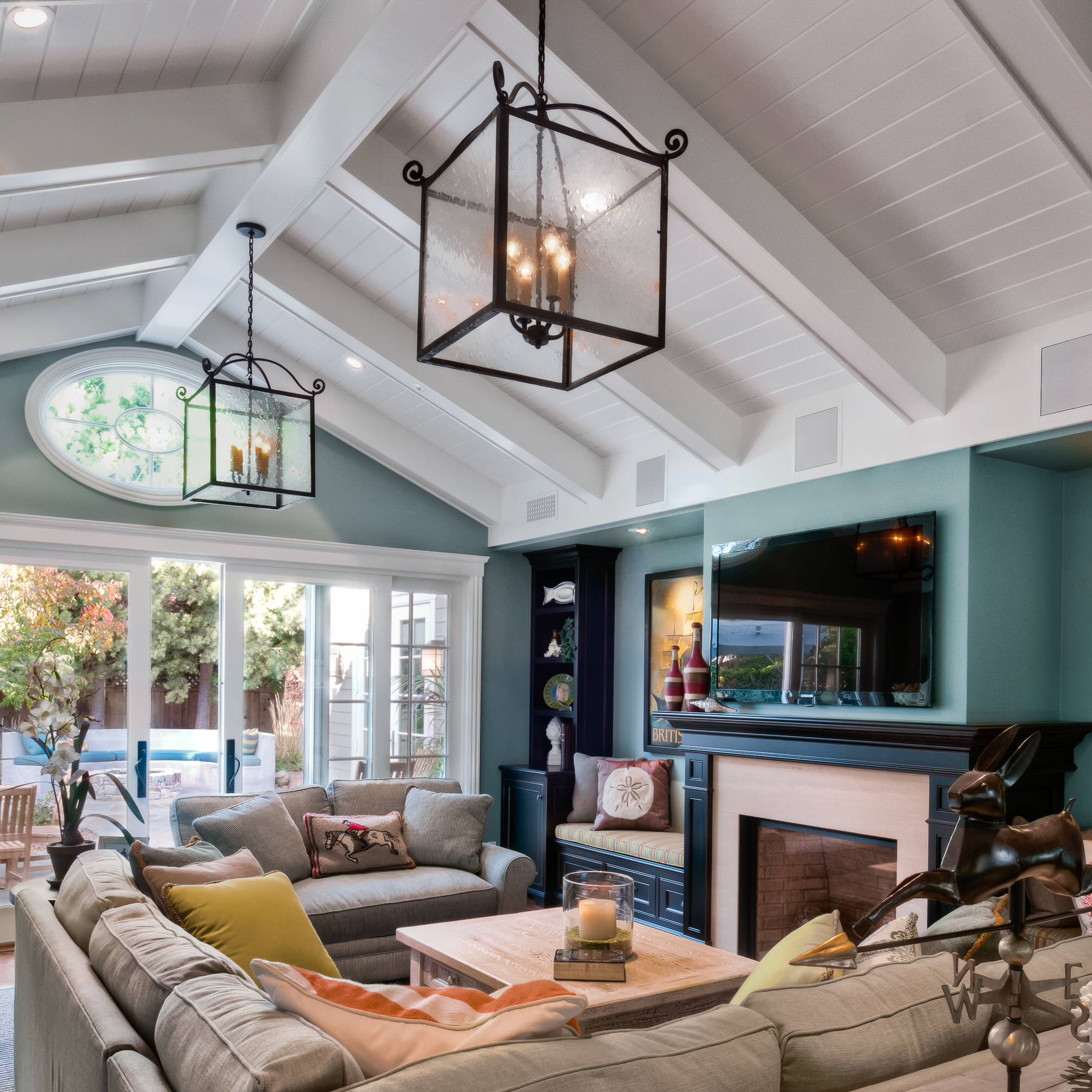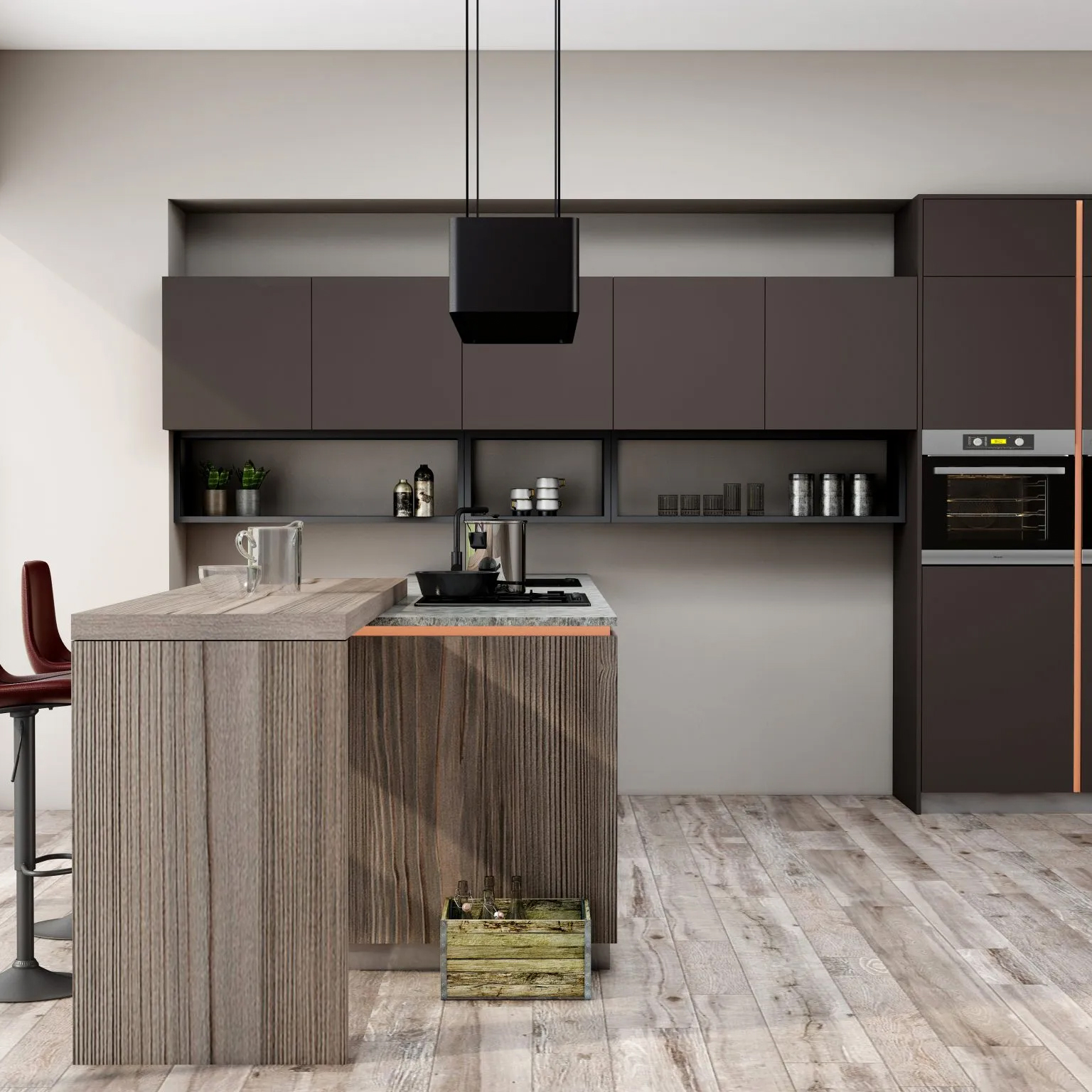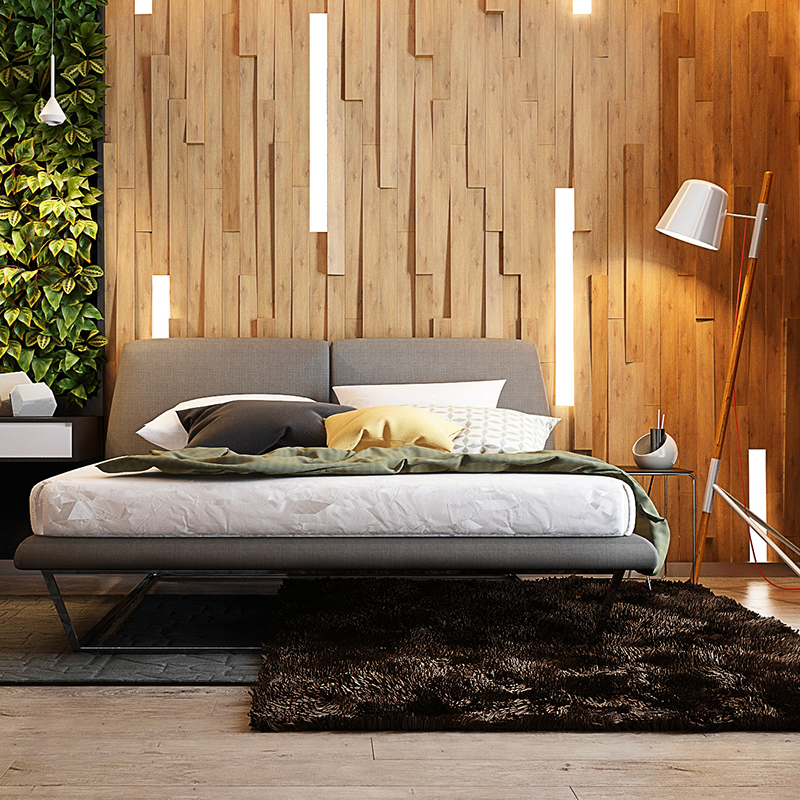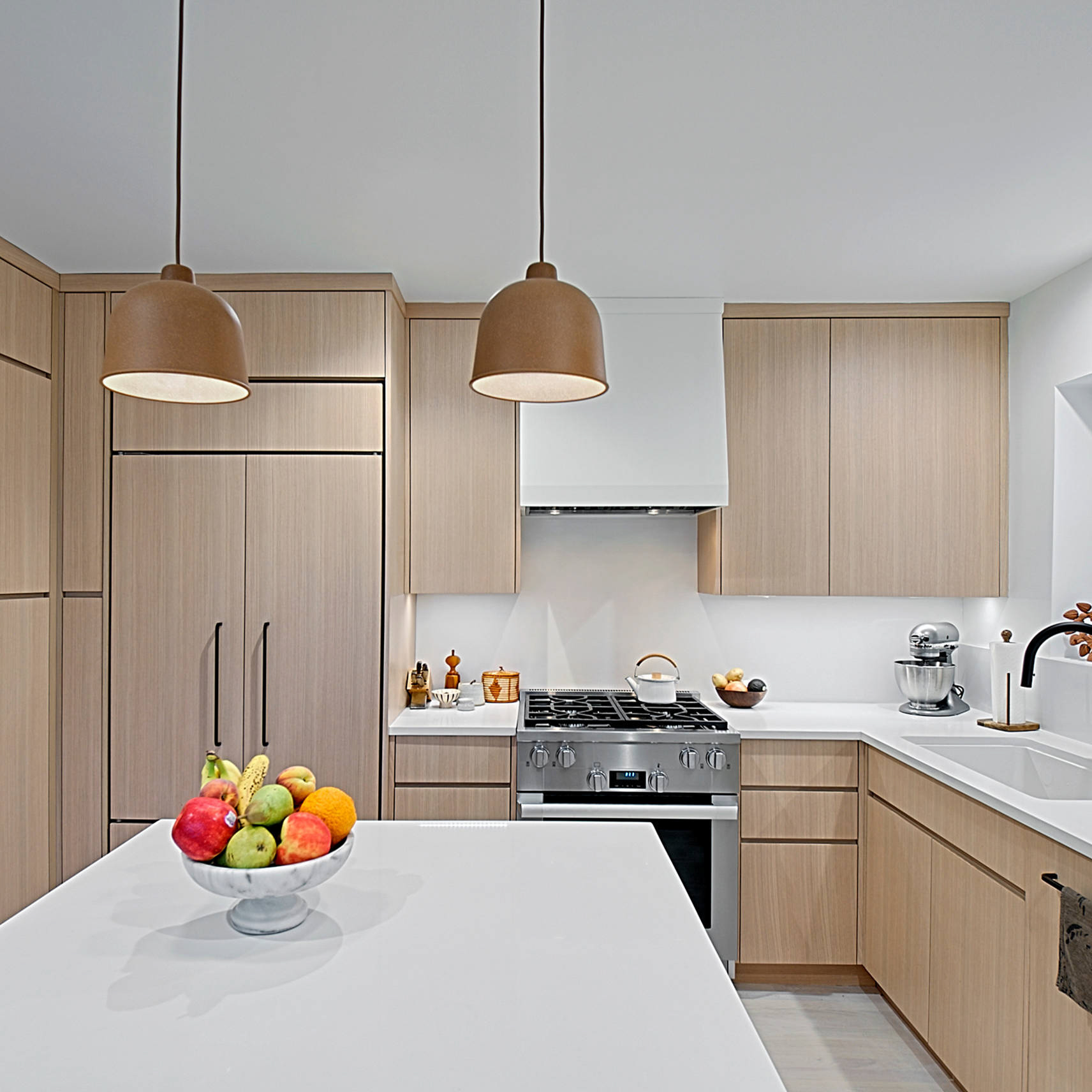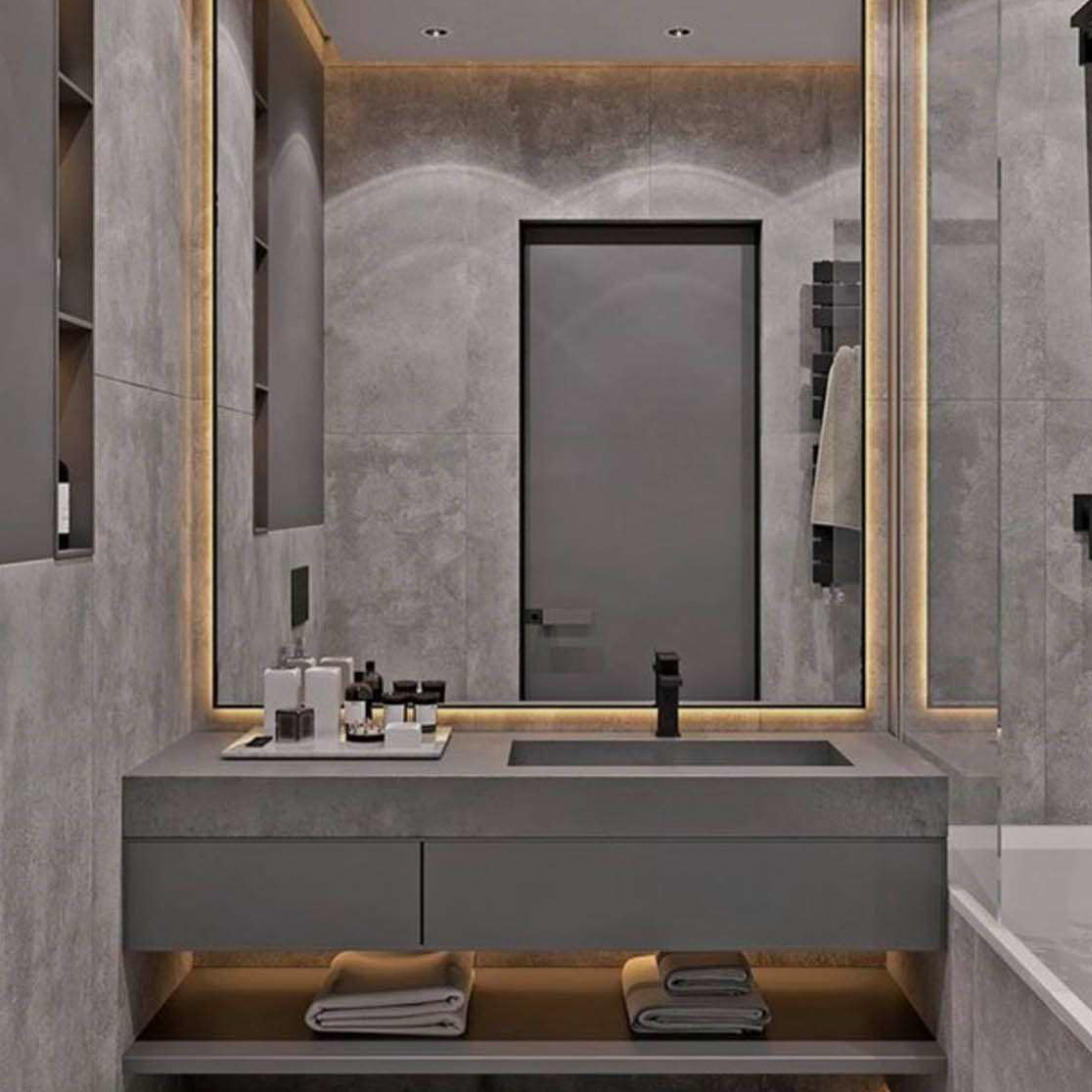Your living room is one of the most important areas in your home. It’s where you relax, entertain guests, and spend quality time with family. However, without proper lighting, your living space can feel dull, uninviting, and uncomfortable. In this article, we’ll share some tips on how to light your living room effectively and create the perfect ambiance for any occasion.
Choosing the Right Lighting Fixtures
The first step in lighting your living room is to choose the right fixtures. Here are some factors to consider when making your selection:
Size and Scale
The size of the fixtures you choose should match the scale of your living room. For example, if you have a small living room, you don’t want to overwhelm the space with a large chandelier. Instead, consider smaller fixtures such as table lamps, floor lamps, or wall sconces.
Style and Design
The style and design of your lighting fixtures should complement your living room’s décor. If you have a modern living room, consider fixtures with clean lines and minimalist designs. For a traditional living room, fixtures with ornate details and warm colors will work best.
Functionality
Consider the functionality of the lighting fixtures you choose. Do you need bright task lighting for reading or a more subdued atmosphere for relaxing? Adjustable fixtures such as dimmer switches or lamps with multiple settings are ideal for creating different moods in your living room.
Layer Your Lighting
Layering your lighting is a great way to create depth, dimension, and visual interest in your living room. Here are the three types of lighting you should incorporate for a well-lit space:
Ambient Lighting
Ambient lighting provides overall illumination for your living room. Ceiling fixtures such as flush mounts, chandeliers, or pendant lights are the most common sources of ambient lighting. Make sure to choose fixtures that distribute light evenly throughout the room to avoid dark spots.
Task Lighting
Task lighting serves a specific function and is designed to help you perform tasks like reading, writing, or doing work. Table lamps or floor lamps placed next to a chair or sofa provide excellent task lighting for reading or working on a laptop.
Accent Lighting
Accent lighting highlights and draws attention to specific areas or objects in your living room. Examples of accent lighting include wall sconces, track lighting, or picture lights. Use accent lighting to showcase artwork, architectural features, or other decorative elements in your living room.
Consider Natural Light
Natural light is an excellent source of light that can brighten up any living room. However, it’s essential to control the amount of natural light that enters the room to avoid glare and overheating. Here are some tips for using natural light effectively:
Window Treatments
Window treatments such as curtains or blinds can help you control the amount of natural light that enters your living room. Choose lightweight fabrics that allow light to filter through or blackout options if you want to block out light completely.
Place Mirrors Strategically
Mirrors can reflect natural light into your living room and make it feel brighter and more spacious. Place mirrors opposite windows or other sources of natural light to reflect the light around the room.
Lighting is a crucial element of any living room’s décor. By choosing the right lighting fixtures, layering your lighting correctly, and incorporating natural light, you can create a well-lit space that’s perfect for any occasion. Use the tips in this article to brighten up your living room and transform it into a comfortable, inviting, and stylish space.
